EV at a Glance
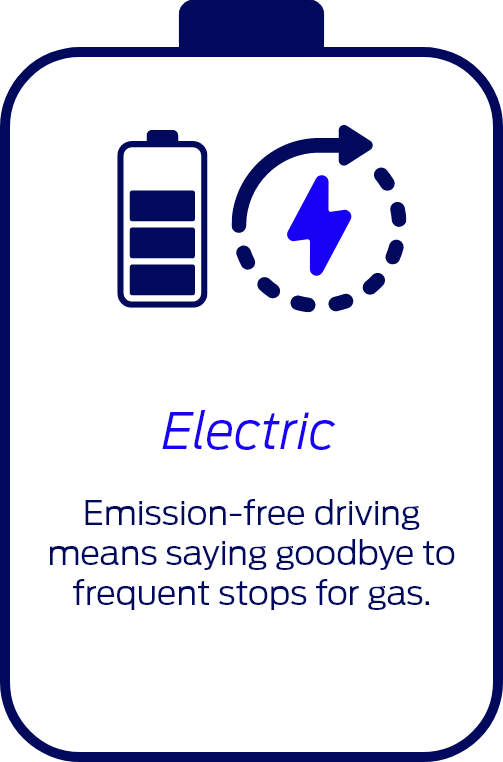
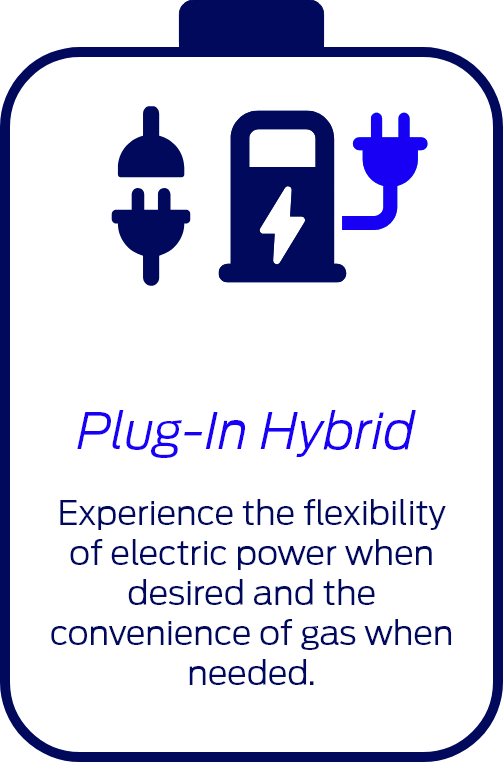
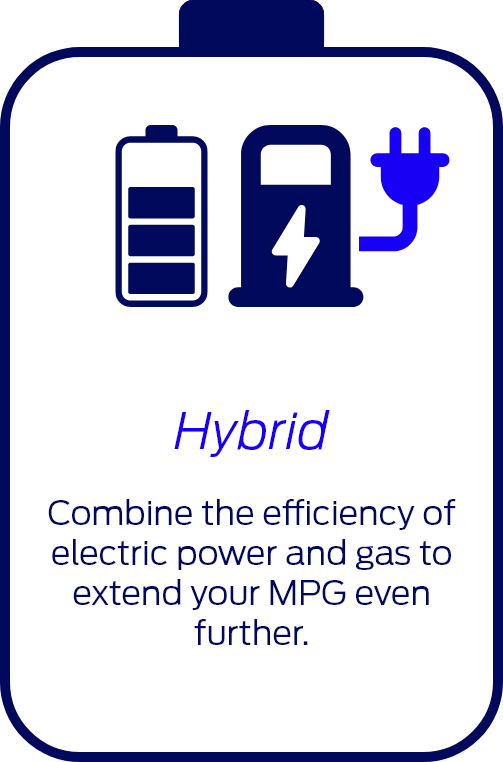
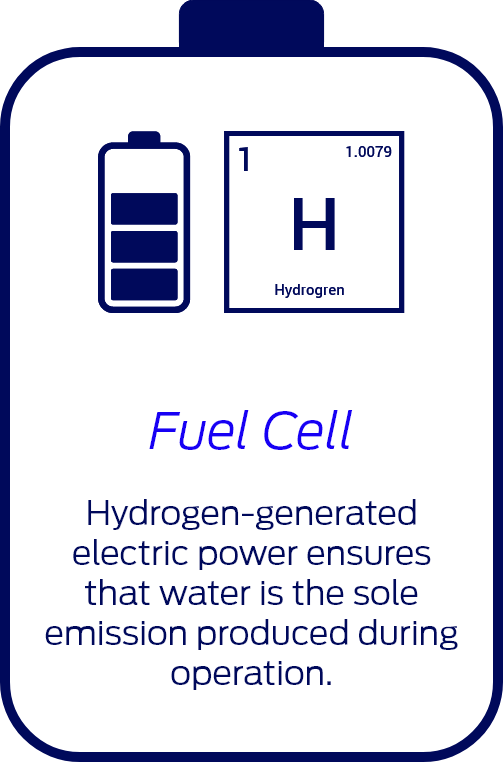
EVerything about EVs
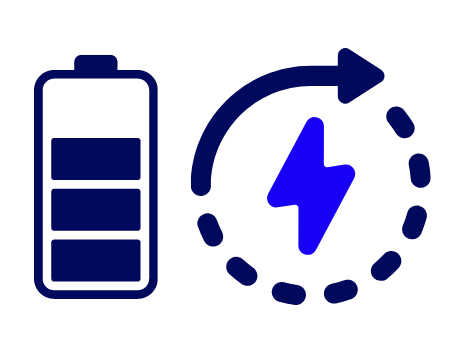
Electric
An electric automobile (EV) comes equipped with a substantial battery and a robust electric propulsion system, enabling it to attain remarkable distance coverage and performance, all without depending on a conventional gasoline tank or an internal combustion engine. Embracing the shift towards fully electric vehicles can result in substantial reductions in carbon dioxide (CO2) emissions and a reduction in our ecological impact. Remarkably, these electric vehicles release absolutely no emissions from their tailpipes, rendering them a planet-friendly option for a more environmentally conscious and sustainable future.
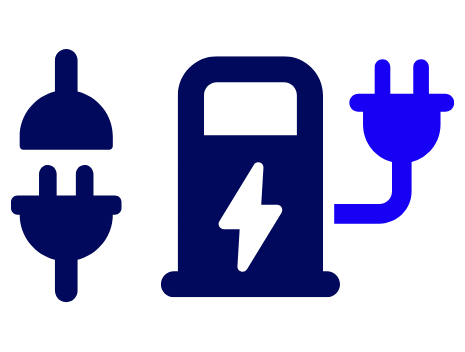
Plug In Hybrid
A plug-in hybrid vehicle (PHEV) represents a hybrid automobile that operates primarily on gasoline but incorporates a notably expanded battery that can be replenished using an external energy source. When the battery attains full charge, the PHEV operates in a manner akin to an electric vehicle, relying exclusively on electric power until the battery's energy is exhausted. Subsequently, the internal combustion engine engages to continue propulsion. Furthermore, the PHEV employs regenerative braking technology, an energy-saving feature that captures energy during braking and converts it back into electricity to recharge the battery.
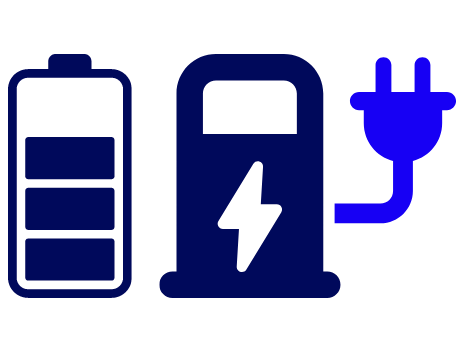
Hybrid
A hybrid automobile primarily relies on gasoline as its main source of power, but it integrates electric motors that cooperate with the gasoline engine to improve fuel efficiency. This collaboration allows hybrids to conserve fuel by leveraging the electric motors when suitable. Additionally, they utilize regenerative braking technology to capture and store energy during braking, which is then employed to assist in acceleration when the vehicle halts completely, further enhancing fuel economy.
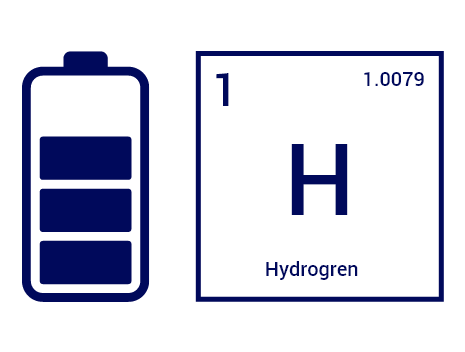
Fuel Cell
Much like fully electric vehicles, fuel cell vehicles employ electricity to power an electric motor. The key difference lies in their method of electricity generation. Fuel cell electric vehicles (EVs) generate electricity by utilizing hydrogen, eliminating the sole dependence on a battery. This pioneering approach leads to a genuine zero-emission vehicle, as the sole byproduct of this electricity production process is water, positioning fuel cell EVs as a more environmentally conscious and eco-friendly alternative.
The Perks of Plugging In

Federal Tax Credit
Up to $7,500 federal rebate. Additional State Incentives may apply.

Local Savings
Numerous state, local utilities, and other entities provide supplementary incentives.

Low Maintenance
Electric vehicles (EVs) generally require less frequent maintenance and repairs compared to traditional internal combustion engine vehicles. This means less time spent at the service shop and more time enjoying the open road.

Charge at Home
Charge your electric vehicle conveniently at home, work, or at one of the rapidly increasing public charging stations available.

Fun to Drive
Electric motors deliver seamless and instant torque, resulting in smooth and exhilarating acceleration, providing a fun driving experience.

Electric Mode
Electric motors deliver seamless and instant torque, resulting in smooth and exhilarating acceleration, providing a fun driving experience.
Level 1 120 Volt:
- Ideal for drivers with short commuting distances, electric vehicles offer the convenience of charging approximately 2-5 miles of range per hour.
- Charge at any 3 prong outlet
Level 2 240 Volt:
- For faster charging at home, capable of adding approximately 10-20 miles of range per hour.
- These installations can be carried out by licensed electricians.
- Level 2 chargers are available at public charging stations nationwide, providing an efficient charging solution for electric vehicle owners on the go.
Level 3 DC Fast Charging:
For the quickest charging while in on the move, the best option is to utilize fast charging stations, which can supply around 60+ miles of range in just 20 minutes. These high-speed charging points offer a convenient and effective means to swiftly replenish your electric vehicle's battery when embarking on extended journeys, ensuring minimal downtime and allowing you to resume your journey promptly. Available at public charging stations only.
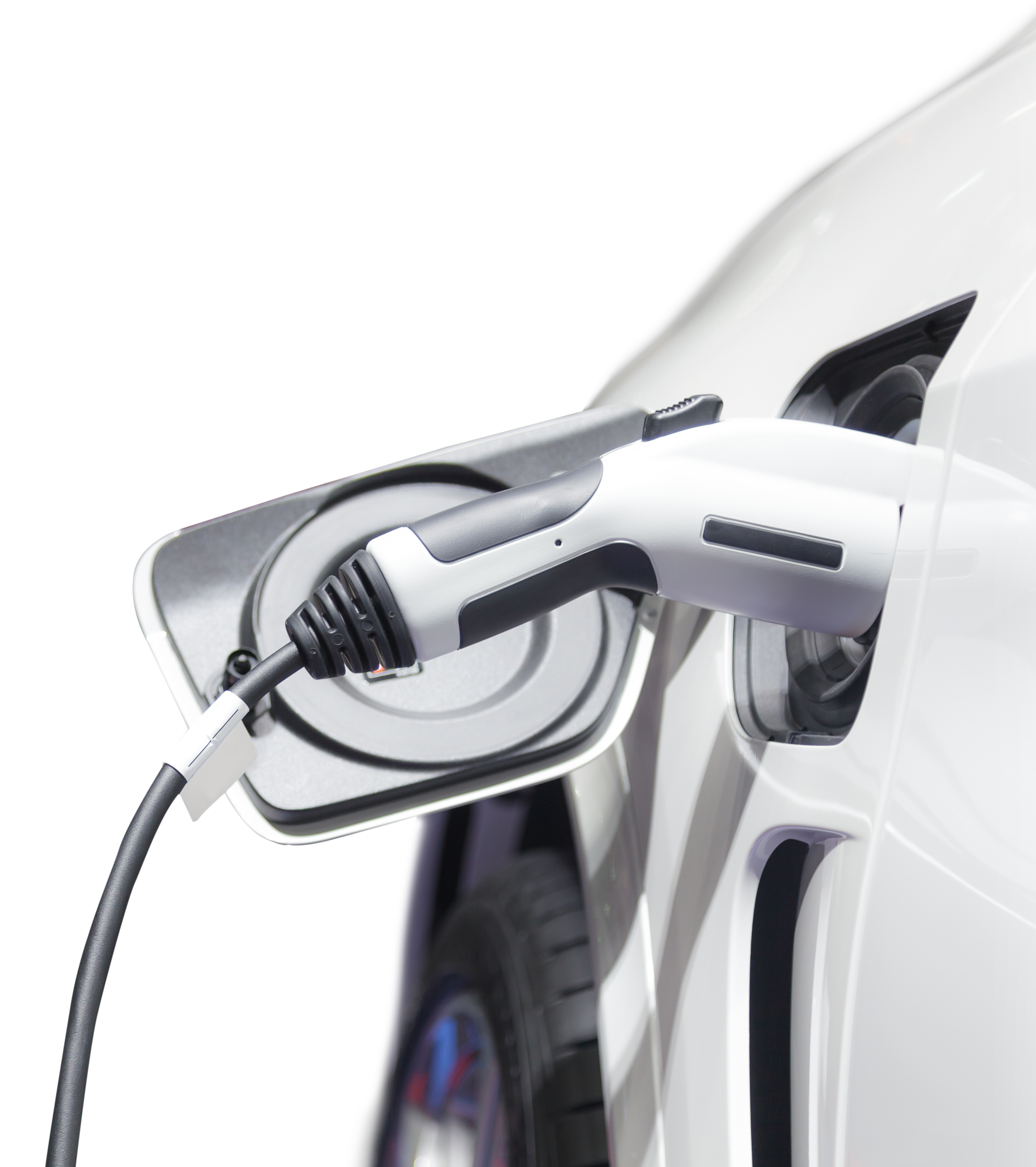
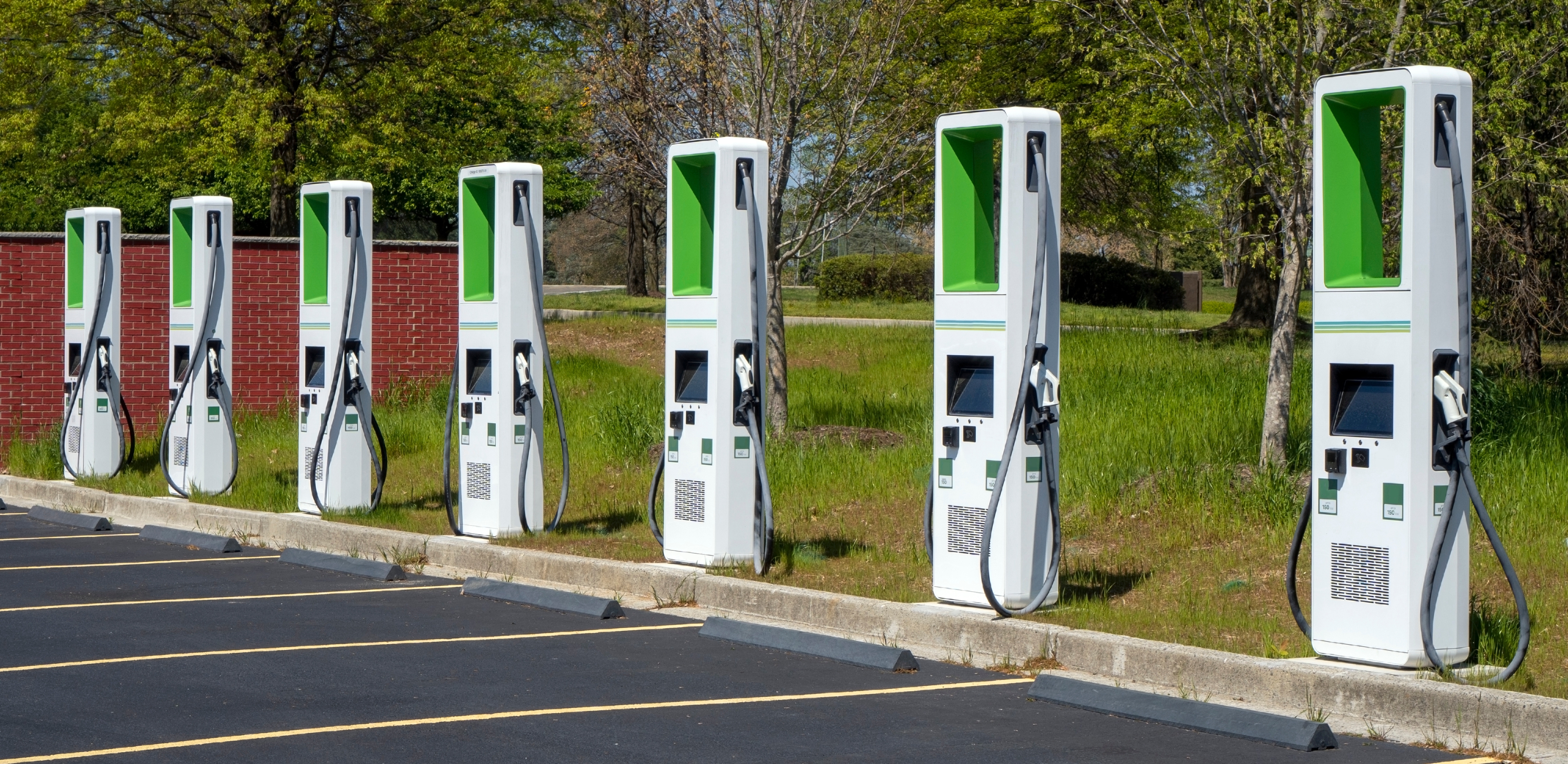
The typical lifespan of an electric car battery ranges from 10 to 20 years before requiring replacement. Many manufacturers provide a warranty of 10 years or 100,000 miles to ensure customer confidence. However, the longevity of the battery largely depends on how it is treated and maintained.
Here are some tips to help extend the life of your electric car battery:
- Extreme temperatures can impact the battery's range. To extend the battery's lifespan, it's beneficial to minimize prolonged exposure to very hot or cold temperatures.
- It is advisable to avoid fully depleting the battery. Maintaining the battery's range between 20% and 80% capacity promotes better efficiency.
- Indeed, avoiding excessive or prolonged charging can contribute to prolonging the battery's life expectancy.
Battery performance, life expectancy, and charging speed may differ based on any of the following factors:
- The type of charger
- The type of battery
- The make/model of the vehicle
- Lifetime maintenance of the battery
- Climate the vehicle endures
- General maintenance